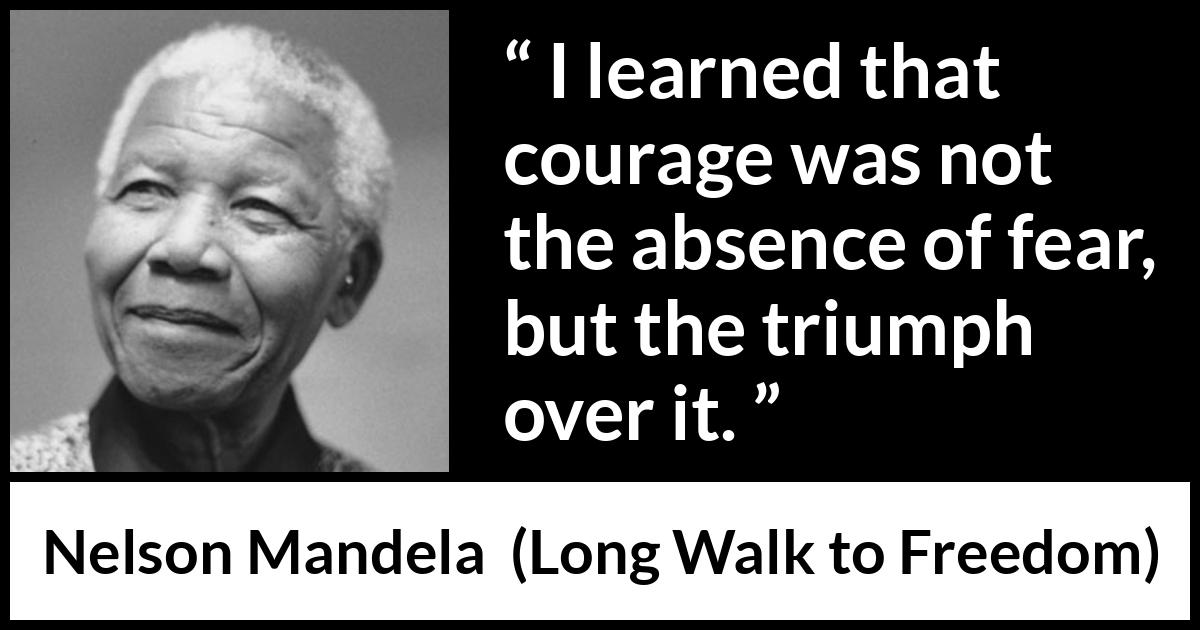CVV is a new authentication procedure established by credit card companies to further efforts towards reducing fraud for internet transactions.
It consists of requiring a card holder to enter the CVV number in at transaction time to verify that the card is on hand. The CVV code is a security feature for "card not present" transactions (e.g., Internet transactions), and now appears on most (but not all) major credit and debit cards. This new feature is a three- or four-digit code which provides a cryptographic check of the information embossed on the card. Therefore, the CVV code is not part of the card number itself.
The CVV code helps as certain that the customer placing the order actually possesses the credit/debit card and that the card account is legitimate. Each credit card company has its own name for the CVV code, but it functions the same for all major card types. (VISA refers to the code as CVV2, MasterCard calls it CVC2, and American Express calls it CID.)
The back panel of most Visa/MasterCard cards contain the full 16-digit account number, followed by the CVV/CVC code. Some banks, though, only show the last four digits of the account number followed by the code. To aid in the prevention of fraudulent credit card use, we now require the 3 or 4 digit code on the back of your credit card. When you submit your credit card information your data is protected by Secure Socket Layer (SSL) technology certified by a digital certificate.
The CVV Number ("Card Verification Value") on your credit card or debit card is a 3 digit number on VISA®, MasterCard® and Discover® branded credit and debit cards. On your American Express® branded credit or debit card it is a 4 digit numeric code.
Providing your CVV number to an online merchant proves that you actually have the physical credit or debit card - and helps to keep you safe while reducing fraud.
CVV numbers are NOT your card's secret PIN (Personal Identification Number).
You should never enter your PIN number when asked to provide your CVV. (PIN numbers allow you to use your credit or debit card at an ATM or when making an in-person purchase with your debit card or a cash advance with any credit card.)
CVV numbers are also known as CSC numbers ("Card Security Code"), as well as CVV2 numbers, which are the same as CVV numbers, except that they have been generated by a 2nd generation process that makes them harder to "guess"
What is my CVV code?
Visa®, Mastercard®, and Discover® cardholders:
Turn your card over and look at the signature box. You should see either the entire 16-digit credit card number or just the last four digits followed by a special 3-digit code. This 3-digit code is your CVV number / Card Security Code.
The CVV code helps as certain that the customer placing the order actually possesses the credit/debit card and that the card account is legitimate. Each credit card company has its own name for the CVV code, but it functions the same for all major card types. (VISA refers to the code as CVV2, MasterCard calls it CVC2, and American Express calls it CID.)
The back panel of most Visa/MasterCard cards contain the full 16-digit account number, followed by the CVV/CVC code. Some banks, though, only show the last four digits of the account number followed by the code. To aid in the prevention of fraudulent credit card use, we now require the 3 or 4 digit code on the back of your credit card. When you submit your credit card information your data is protected by Secure Socket Layer (SSL) technology certified by a digital certificate.
The CVV Number ("Card Verification Value") on your credit card or debit card is a 3 digit number on VISA®, MasterCard® and Discover® branded credit and debit cards. On your American Express® branded credit or debit card it is a 4 digit numeric code.
Providing your CVV number to an online merchant proves that you actually have the physical credit or debit card - and helps to keep you safe while reducing fraud.
CVV numbers are NOT your card's secret PIN (Personal Identification Number).
You should never enter your PIN number when asked to provide your CVV. (PIN numbers allow you to use your credit or debit card at an ATM or when making an in-person purchase with your debit card or a cash advance with any credit card.)
CVV numbers are also known as CSC numbers ("Card Security Code"), as well as CVV2 numbers, which are the same as CVV numbers, except that they have been generated by a 2nd generation process that makes them harder to "guess"
What is my CVV code?
Visa®, Mastercard®, and Discover® cardholders:
Turn your card over and look at the signature box. You should see either the entire 16-digit credit card number or just the last four digits followed by a special 3-digit code. This 3-digit code is your CVV number / Card Security Code.
American Express® cardholders:
Look for the 4-digit code printed on the front of your card just above and to the right of your main credit card number. This 4-digit code is your Card Identification Number (CID). The CID is the four-digit code printed just above the Account Number.
Look for the 4-digit code printed on the front of your card just above and to the right of your main credit card number. This 4-digit code is your Card Identification Number (CID). The CID is the four-digit code printed just above the Account Number.





























What a fantabulous post this has been. Never seen this kind of useful post. I am grateful to you and expect more number of posts like these. Thank you very much. UniccShop
ReplyDelete